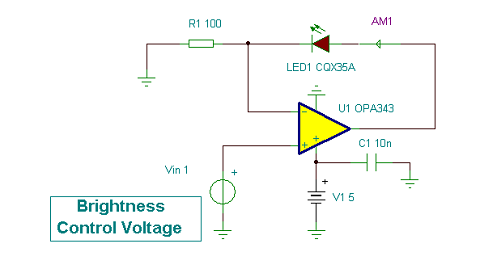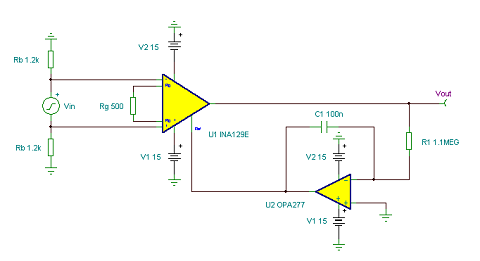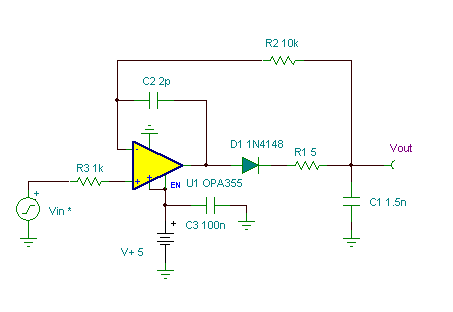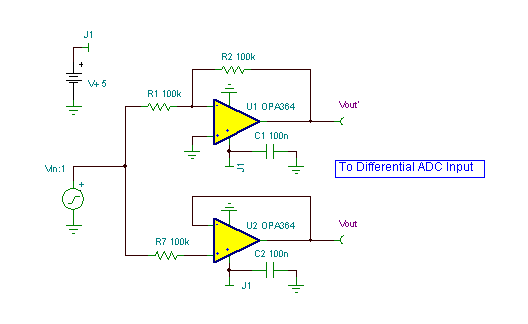Triangle & Square Wave Oscillator 1kHz
This simple relaxation oscillator provides both a square- wave and a triangular- wave output. This oscillator is biased for operation on a single +5V supply. The DC component of each output can be removed by capacitive coupling if necessary.Since a rail-to-rail output op amp is used for U1, the square wave output amplitude is the same as its supply voltage. A lower quiescent current op amp such as an OPA364 can be used if Iq is important. Oscillator frequency is determined by C1 & R1. The Transient Analysis used the “Zero initial conditions” to aid the oscillator start- up. This start- up time is visible for the first few milliseconds in the waveform above. (Circuit is created by Neil P. Albaugh TI- Tucson)
“Triangle & Square Wave Oscillator 1kHz” circuit:
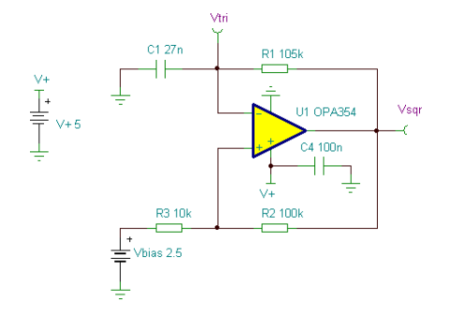
Online Simulation of the “Triangle & Square Wave Oscillator 1kHz” Circuit
The great feature of the TINA circuit simulator that you can analyze this circuit immediately with TINACloud the online version of TINA. Of course you can also run this circuit in the off-line version of TINA.
Click here to invoke TINACloud and analyze the circuit, or watch our tutorial video!
You can send this link to any TINACloud customers and they can immediatelly load it by a single click and then run using TINACloud.
Michael Koltai
www.tina.com

